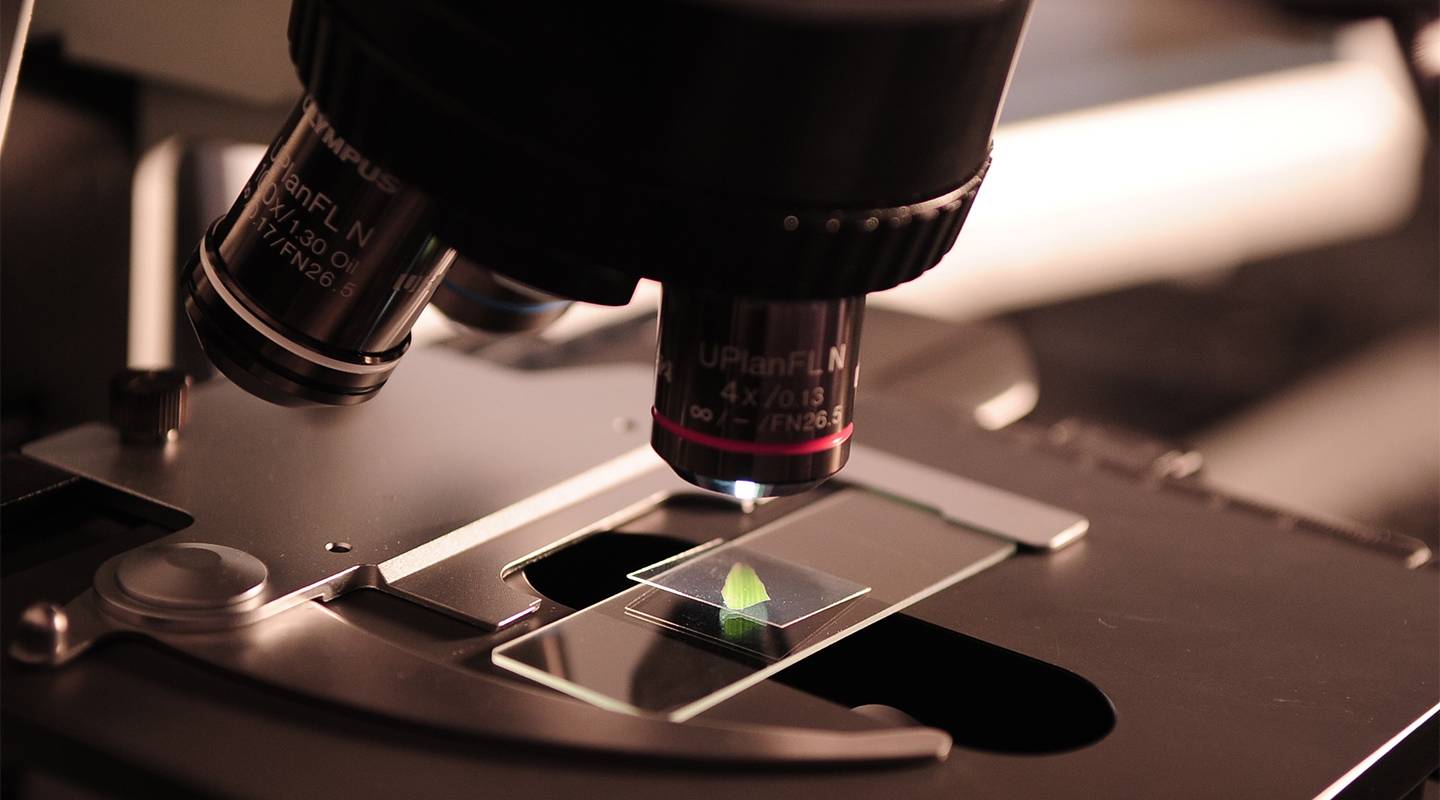Education
Amplicon have worked with universities and other educational establishments for many years, and we pride ourselves on the high level of technical expertise and support we offer.
Our PC based data acquisition and communication interface cards have proved popular for laboratory experiments due to the high reliability and long design life. We are also able to provide real-time data acquisition solutions for time critical measurements. Test programs can be written in programming environments such as C++ or Visual Basic, and drivers are also provided for LabVIEW and MATLAB.
Amplicon also offers a range of USB data acquisition devices suited to modern university requirements for either low cost or high performance solutions.
Our knowledgeable sales and application engineers can guide you through the product selection process. Please ask about our educational special offers when you call.

Education industry Solutions
Amplicon have over 50 years of experience providing measurement and control solutions for Universities, research organisations & schools.
We recognise that coursework often requires students to develop their own systems using a variety of items, including Amplicon products. Below, you will find example solutions for basic and advanced measurement and control applications.
- DAQ fundamentals
- Vibration monitoring
- Acoustic research
- Communication to test equipment
Education products
You could say that all of Amplicon's products are suitable for use by Universities and other education establishments. However there are a number of product categories which have proved to be especially popular, and we have introduced many new products which are particularly suited to Universities.
The range of educational products supplied by Amplicon includes PC based DAQ, Real-time DAQ, Test and Measurement equipment, Industrial computers and Data communications.
Many of these products are available with a special discount for Universities. Please ask for further details.
Educational offers
Amplicon are highly experienced in dealing with educational establishments, and are able to provide a wide range of products at special rates.
Our knowledgeable sales team can guide you through the product selection process, and advise you of any special promotions or pricing available to your establishment.
Test & Measurement: Education discount applies to many Keysight products. Please contact our sales team who will help you find the best deal!
PC based data acquisition: 10% off all Amplicon and ADLINK data acquisition cards for qualified educational establishments.
Special offers for education cannot be combined or added to other special offers that we are running elsewhere on the web site.